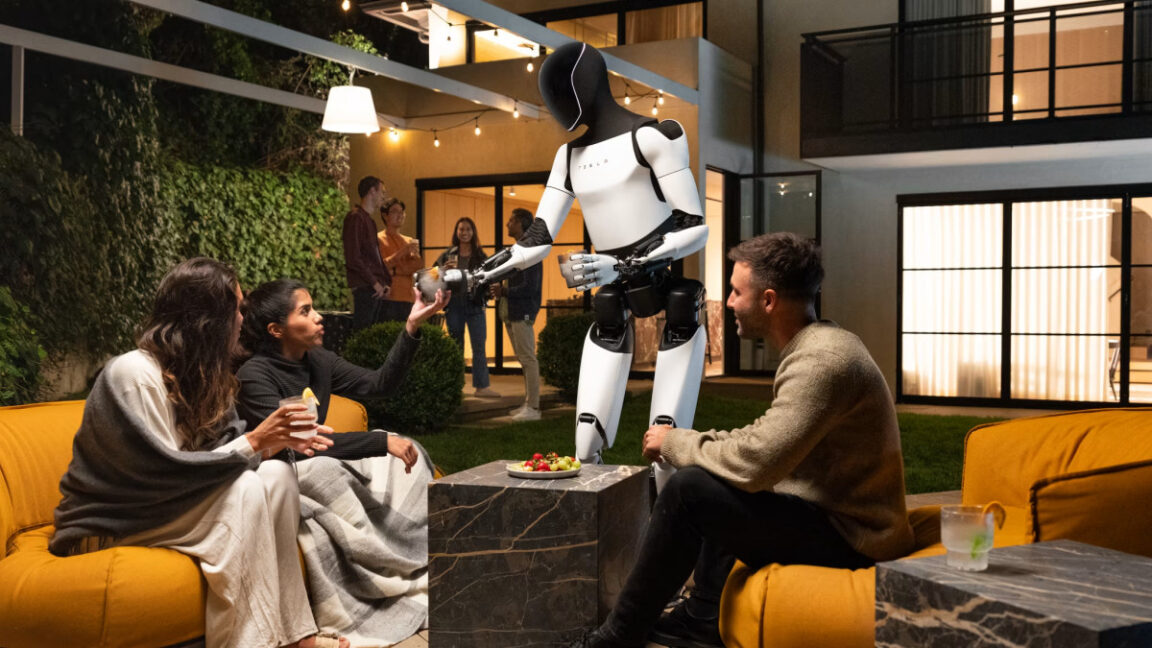iRobot Founder Warns Against Close Contact With Walking Humanoids and Predicts a Shift in Robot Design

Key Points
- Brooks experienced a fall incident with an Agility Robotics Digit humanoid and now keeps a three‑meter distance from walking robots.
- Current walking mechanisms make safety certification for shared human‑robot zones virtually impossible under existing standards.
- Brooks predicts that within 15 years "humanoids" will feature wheels, varied arm counts, and unconventional sensor placements.
- He warns that billions spent on vision‑only, rigid humanoids may be misdirected.
- Academic work like MIT's tactile glove shows promise but still lacks full human‑like touch sensing.
iRobot co‑founder Brooks recounts a near‑miss with an Agility Robotics Digit humanoid that fell when he got too close, leading him to keep a three‑meter distance from moving bipedal robots. He argues that current walking mechanisms make safety certification for shared human‑robot zones virtually impossible, limiting the deployment of humanoids in health‑care and factories. Looking ahead, Brooks predicts that within 15 years “humanoids” will look nothing like today’s bipedal machines, favoring wheels, varied arm counts, and novel sensor placements. He notes that billions spent on vision‑only, rigid humanoids may be misplaced, while academic work such as MIT’s tactile glove shows promise but remains far from true human‑like dexterity.
Current Safety Concerns
Brooks, a co‑founder of iRobot, describes an incident where he was \